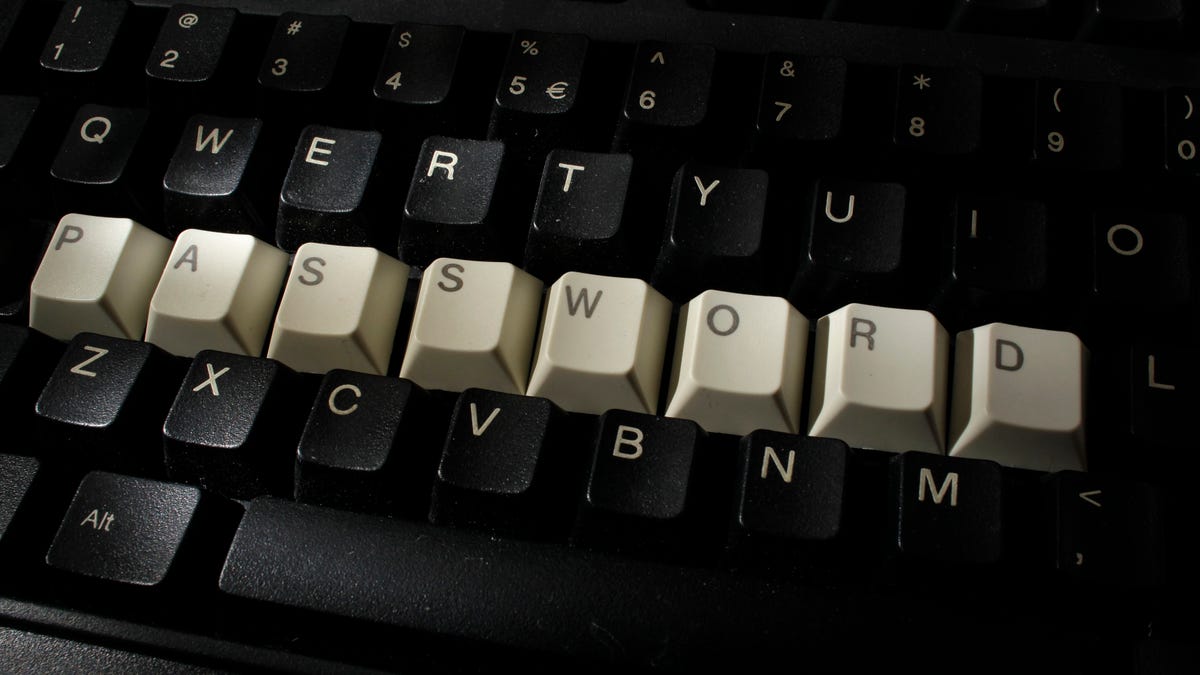
A computer keyboard with letters stacked forming the word 'password' is seen in this illustration picture taken in Warsaw, December 12, 2013. (REUTERS/Kacper Pempel) (POLAND - Tags: SCIENCE TECHNOLOGY)
A team of scientists have developed a new biometric authentication method that identifies someone through the motions of their lips.
The "lip motion password," or lip password, has been designed by Professor Cheung Yiu-ming and researchers at Hong Kong Baptist University. The method involves matching the lip motion associated with saying your password to the user's lip characteristics.
The researchers at the university's department of computer science claim that lip movement is unique to the individual. It cannot be easily impersonated and an impostor will be denied entry by the system, they said. "The same password spoken by two persons is different and a learning system can distinguish them," commented Professor Cheung.
Cheung and his team developed a computational learning model that examined the visual features of a person's lips including shape, texture, and movement.
More From Digital Trends
This biometric authentication method could provide an additional layer of security for access to programs or systems. According to Cheung, it is a better system than voice activation, which can be inhibited by background noise. Further, lip passwords can be used by people with hearing or speech impairments and the method is not susceptible to language barriers, allowing anyone to use it, at least in theory.
In the future, the lip password could be integrated with facial recognition authentication systems for even more robust security and verification, the researchers said.
Biometrics using features like fingerprints have become much more common in recent years but they present a fundamental problem -- they can't be changed. If fingerprint scan data is ever stolen, the user needs to find a new method of authentication. The researchers in Hong Kong believe their new method of lip motions can provide security while allowing the user to change or reset it when they want.
The researchers have already obtained a patent for the method and expect to see it first deployed in financial transaction verification. They added that other use cases include ATM verification, mobile payments, and managing access to private premises.




















